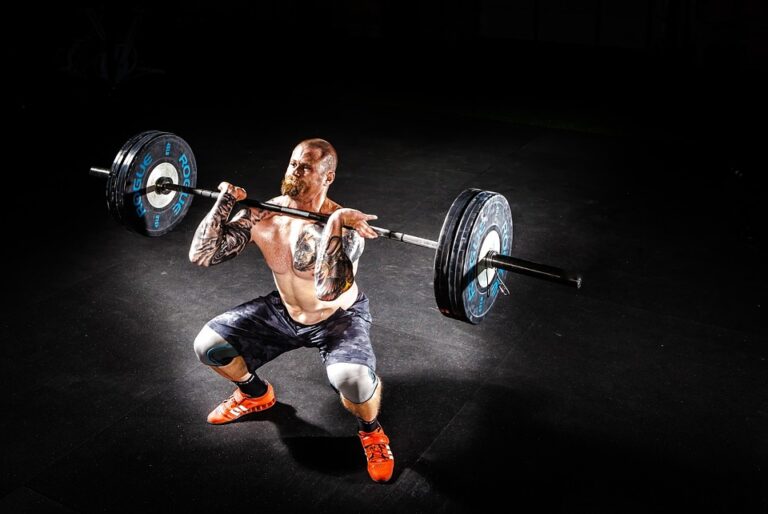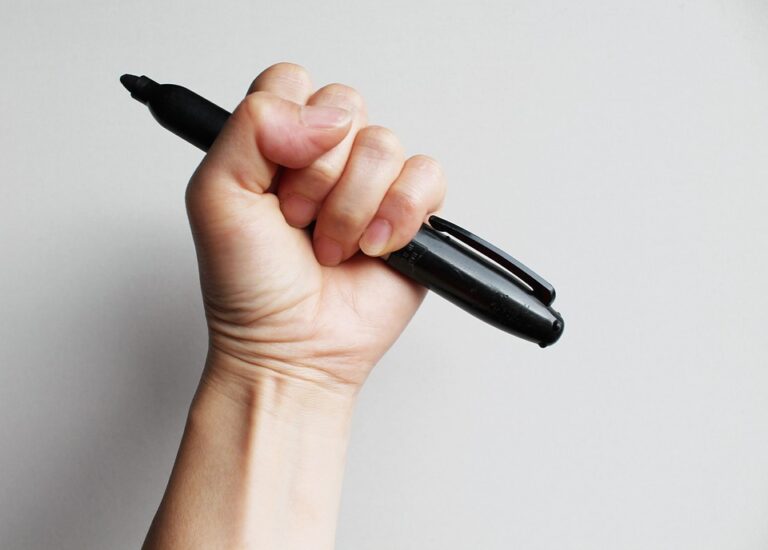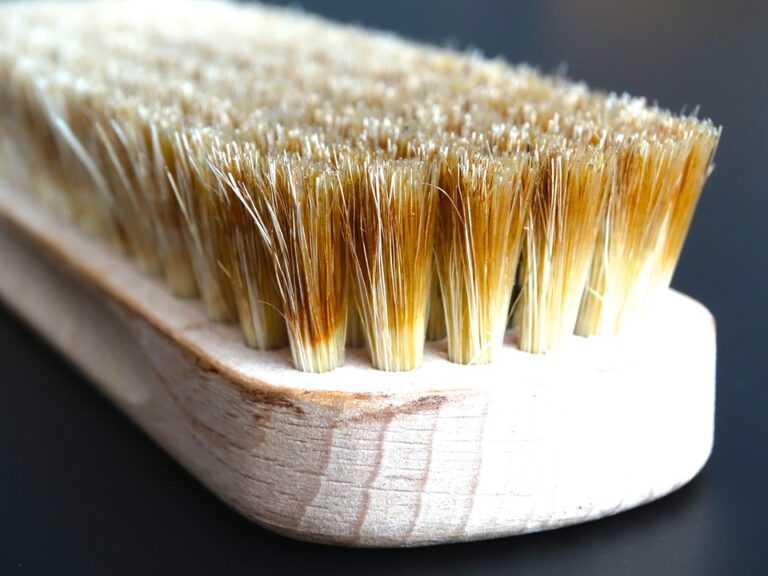
Unlocking the Benefits of Yoga Blocks: Essential Types and How to Choose the Right One for Your Practice
Yoga, a splendid tapestry of movement and mindfulness, often requires the practitioner to explore various tools that enhance both the experience and the effectiveness of postures. Among these tools, yoga blocks stand out—not merely as props, but as essential companions on one’s journey towards balance, flexibility, and strength. However, the question arises: how does one navigate the plethora of options available? Let’s delve into the types of yoga blocks and the nuances of selecting the right one for your practice.
1. Material Matters
The first aspect to consider is undoubtedly the material of the yoga block. Each type offers distinct advantages and drawbacks:
-
Foam Blocks: Lightweight and often the most affordable, foam blocks are excellent for beginners. They provide a soft surface that is forgiving when it comes to falls and miscalculations. However, they may lack the stability required for more advanced poses.
-
Cork Blocks: For those seeking durability and a firmer grip, cork blocks are a fantastic choice. They offer a solid support for deeper stretches and poses, and their natural texture provides a non-slip surface. The only downside? They are generally heavier and more expensive than their foam counterparts.
-
Wooden Blocks: The most stable option, wooden blocks are ideal for seasoned practitioners. Their robustness supports a variety of poses, particularly those requiring a solid foundation. On the flip side, they can be unforgiving on the body if not used with care.
2. Size and Shape Variability
Not all blocks are created equal in terms of dimensions. Standard yoga blocks typically measure 23cm x 15cm x 10cm, but variations exist.
-
Traditional Rectangular Blocks: These are the most common and versatile, suitable for a multitude of poses. They provide excellent support whether you’re reaching for your toes or enhancing your alignment in standing poses.
-
Wedge-shaped Blocks: These come in handy for specific postures that require an incline, such as downward-facing dog or pigeon pose. The angled surface can assist in easing tension and improving posture.
-
Half Blocks: For those needing a lower profile, half blocks are perfect for a gentler approach to balance and support. They are particularly useful in restorative practices.
3. Choosing the Right Block for Your Practice
Now that we’ve dissected materials and shapes, how does one choose the right block? Here are a few guiding principles:
-
Assess Your Level: Beginners might favour foam blocks for their lightweight nature, while seasoned yogis may gravitate towards cork or wood for added stability.
-
Consider Your Goals: Are you looking to deepen your stretches, maintain alignment, or perhaps even aid in restorative practices? Your objectives can greatly influence your choice. A cork block, for instance, might be more suitable for someone aiming to enhance their flexibility, while a wooden block could benefit those focusing on strength.
-
Try Before You Buy: If possible, experiment with different blocks at your local studio or shop. Feel the weight, the texture, and how they support your body. Personal preference plays a significant role—what feels good for one person may not for another.
-
Evaluate Durability: Invest in quality. A sturdy block, whether made of cork or wood, will last longer and support you through various stages of your practice.
A Harmonious Addition to Your Practice
Incorporating yoga blocks into your routine can significantly transform your practice. They bridge the gap between your current abilities and the ideal postures you aspire to achieve. As you explore your options, remember that the right block is not merely a prop—it’s a catalyst for growth and exploration within your yoga journey.
BargainsTrust continues to bring you a selection of valuable insights and recommendations, ensuring you find the perfect tools to enhance your practice. Whether you’re a novice or a seasoned practitioner, the right yoga block could be the key to unlocking a deeper, more fulfilling experience on the mat.







